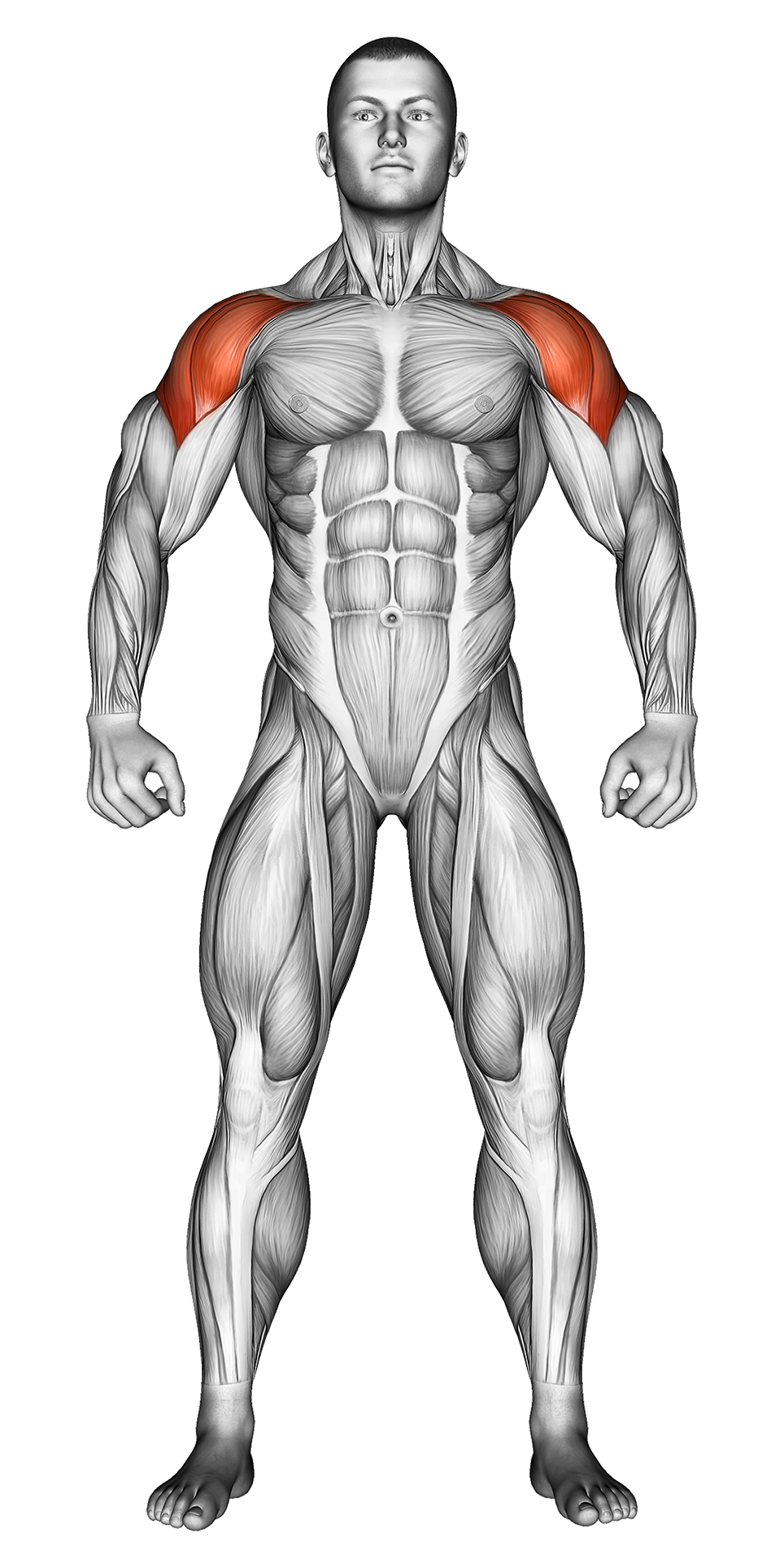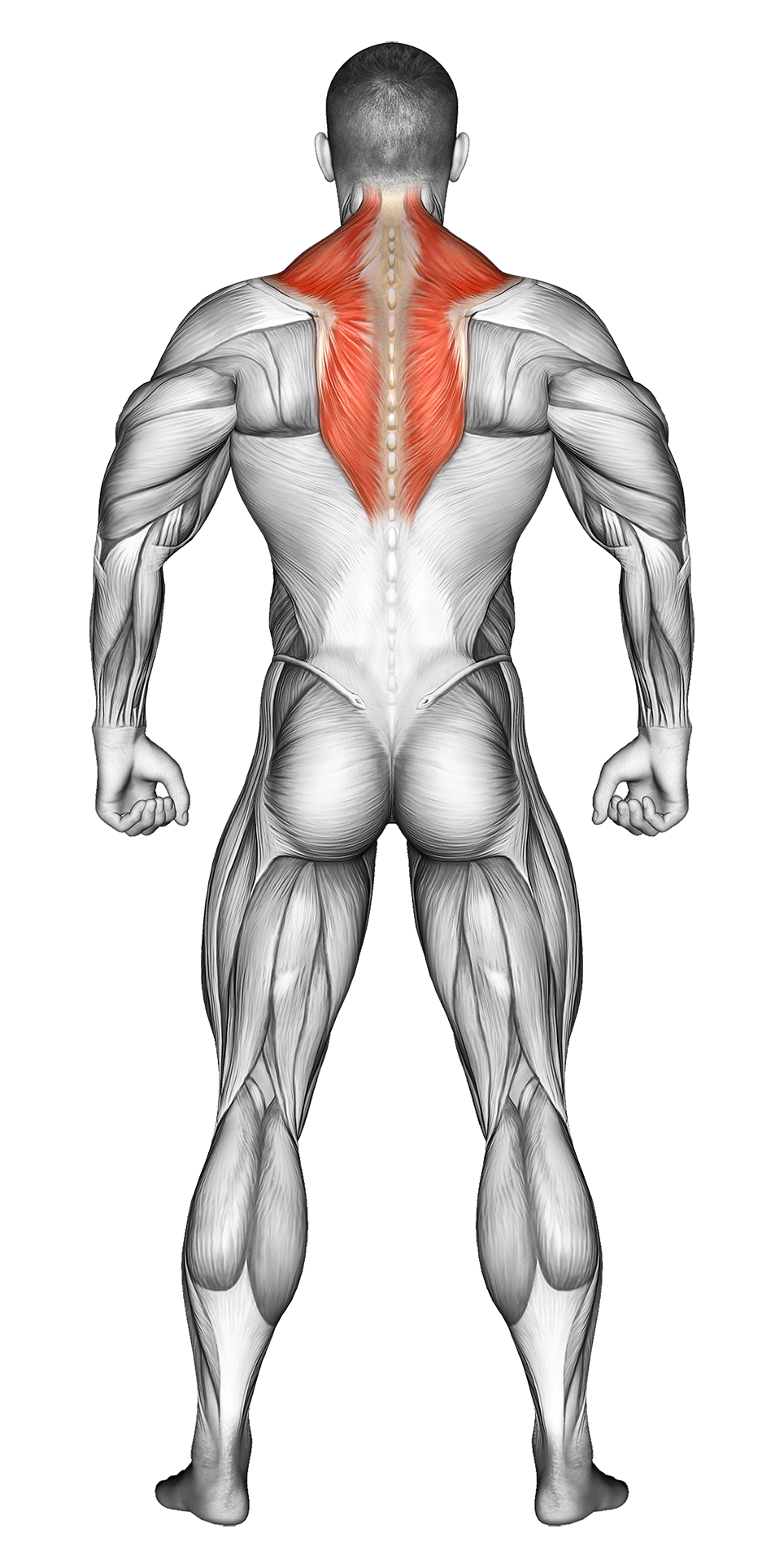Seated Bent Over Dumbbell Reverse Fly: Video Tutorial & Exercise Guide
| Workout | Seated Bent Over Dumbbell Reverse Fly |
| Primary Muscle Group | Shoulders |
| Secondary Muscle Group | Traps |
| Equipment Required | Dumbbell, Bench |
| Force Type | Pull |
| Mechanics | Isolation |
| Exercise Type | Strength |
| Difficulty | Intermediate |
Seated Bent Over Dumbbell Reverse Fly: Video Tutorial & Exercise Guide
Muscle Groups
- Primary Muscle Group- Secondary Muscle Group
Seated Bent Over Dumbbell Reverse Fly - Step-by-Step Guide
Seated Bent Over Dumbbell Reverse Fly Overview
Benefits of Seated Bent Over Dumbbell Reverse Fly
Seated Bent Over Dumbbell Reverse Fly Pro Tips & Advanced Techniques
Progression Plan for Seated Bent Over Dumbbell Reverse Fly
Frequently Asked Questions (FAQs) Of Seated Bent Over Dumbbell Reverse Fly
Secondary Muscles
How to do the Seated Bent Over Dumbbell Reverse Fly – Step-by-Step Guide
- Step 1: Sit on the edge of a bench with your feet flat on the floor. Hold a dumbbell in each hand with your arms extended down toward the floor and your palms facing each other.
- Step 2: Lean forward at your hips until your chest is just above your knees. Keep your back straight and core engaged. This is your starting position.
- Step 3: With a slight bend in your elbows, raise your arms out to the sides, lifting the dumbbells to shoulder height while squeezing your shoulder blades together. Focus on using your rear delts to lift the weights.
- Step 4: Pause briefly at the top of the movement to maximize contraction in your upper back and rear deltoids.
- Step 5: Slowly lower the dumbbells back to the starting position with control. Repeat for the desired number of reps.
Seated Bent Over Dumbbell Reverse Fly Overview
The Seated Bent Over Dumbbell Reverse Fly is a great isolation exercise that targets the posterior deltoids (rear delts), as well as the rhomboids and trapezius muscles. This movement is performed in a bent-over position, which places a focus on the upper back and shoulders, helping to improve posture and build strength.
This exercise is suitable for all fitness levels and is commonly included in shoulder or upper back workouts. It helps develop the rear delts and upper back muscles, contributing to a well-rounded and balanced physique.
Benefits of Seated Bent Over Dumbbell Reverse Flys
The Seated Bent Over Dumbbell Reverse Fly is excellent for strengthening the rear deltoids, helping to balance out the front and middle delts for better shoulder stability and posture. This exercise also targets the upper back muscles, improving overall back strength and aiding in posture correction.
It can also help reduce the risk of shoulder injuries by strengthening the muscles around the shoulder joint. By targeting the rear delts, rhomboids, and trapezius, this exercise contributes to better balance and control in upper body movements.
Seated Bent Over Dumbbell Reverse Fly: Pro Tips & Advanced Techniques
Avoid swinging the dumbbells or using momentum to lift the weights. Focus on a slow, controlled motion to fully engage the rear deltoids. To increase intensity, slow down the lowering phase of the movement or pause at the top to maximize contraction. Keep a slight bend in your elbows to protect your joints and ensure the rear delts are doing the work.
Progression Plan for Seated Bent Over Dumbbell Reverse Flys
| Level | Sets | Reps | Weight Progression |
|---|---|---|---|
| Beginner | 2-3 | 10-12 | Start with lighter weights, focusing on proper form and control. Keep your movements slow and controlled to engage the rear delts fully. |
| Intermediate | 3-4 | 12-15 | Increase the weight slightly while maintaining control, especially during the lowering phase. |
| Advanced | 4-5 | 15-20 | Use heavier weights and focus on adding a pause at the top of the movement or slow down the lowering phase to increase time under tension. |
Frequently Asked Questions (FAQs) of Seated Bent Over Dumbbell Reverse Fly
What muscles do Seated Bent Over Dumbbell Reverse Flys target?
This exercise primarily targets the posterior deltoids (rear shoulders), rhomboids, and trapezius, helping to build upper back strength and shoulder stability.
Are Seated Bent Over Dumbbell Reverse Flys suitable for beginners?
Yes, this exercise is beginner-friendly. Start with light weights and focus on maintaining proper form to avoid using momentum and to engage the correct muscles.
How often should I perform Seated Bent Over Dumbbell Reverse Flys?
Include this exercise in your upper body or shoulder workout 1-2 times per week. Ensure you allow time for recovery between sessions.
What common mistakes should I avoid?
Avoid swinging the dumbbells or using momentum to lift the weights. Focus on controlled movements and keep a slight bend in your elbows to protect your joints.
How can I make Seated Bent Over Dumbbell Reverse Flys more challenging?
To increase difficulty, use heavier dumbbells, add a pause at the top of the movement, or slow down the lowering phase to increase time under tension.
Share

